What is the important way of thinking to create 'fashionable things'?

In order to make something a hit, it is necessary not only to improve the quality of works and products, but also to match fashion and trends. However, in addition to the problem that fads and trends are difficult to see clearly, there are also cases where people get bored quickly if they just jump on the trend. The American monthly magazine
The Secret Science Behind What Makes Things Cool - The Atlantic
https://www.theatlantic.com/video/index/528831/what-makes-things-cool/
What Makes Things Cool?-YouTube
Mr. Derek Thompson, senior editor of The Atlantic, cites the design and philosophy of Mr. Raymond Loewy, a French designer and pioneer of industrial design , as an example, 'What will be popular?' is explained.
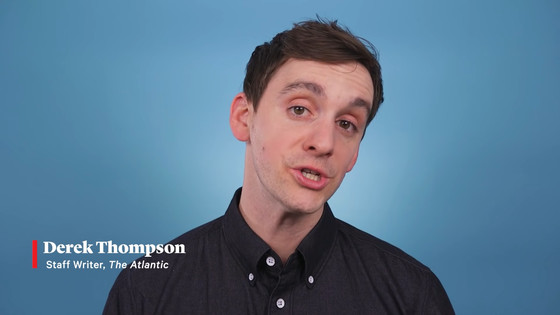
In addition to being involved in the design of Coca-Cola bottles, Mr. Loewy has also worked on many classic cars and cigarettes
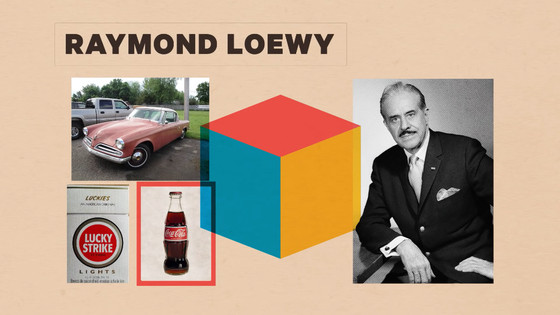
Mr. Loewy, who had created a wide variety of designs, seems to have had a consistent and universal theory. It is 'Most Advanced Yet Acceptable' and is called 'MAYA Law'. People want to be trendy, but they don't want to be quirky. Therefore, the MAYA law expresses Mr. Loewy's idea that 'to sell something amazing, make it friendly.'

For example, in 1932 Mr. Loewy submitted a train design to
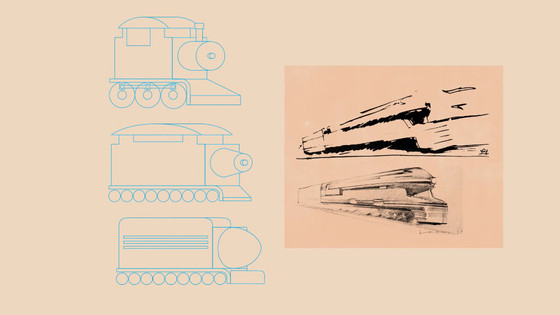
In this way, Mr. Loewy's MAYA law had the effect of `` making surprises feel familiar ''. The MAYA law is scientifically backed up, and the mere exposure effect (Zion effect) proposed by psychologist Robert Zyance in the 1960s is one of the most definite discoveries in the history of psychology. ,” said Thompson.
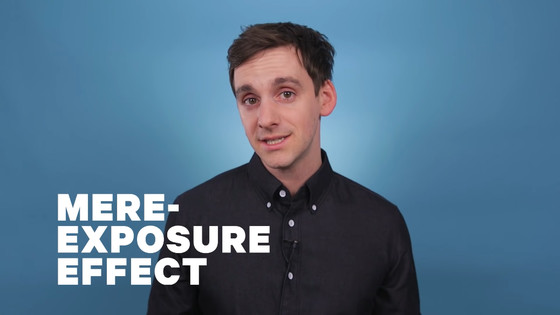
The mere exposure effect is defined as ``repeated exposure to a particular stimulus results in a change in attitude towards the stimulus''. In an experiment conducted by Mr. Zyance, subjects were shown random shapes and letters and asked to choose their favorite one. As a result, the subjects rarely chose unfamiliar kanji or nonexistent English words, and they chose familiar figures and words.
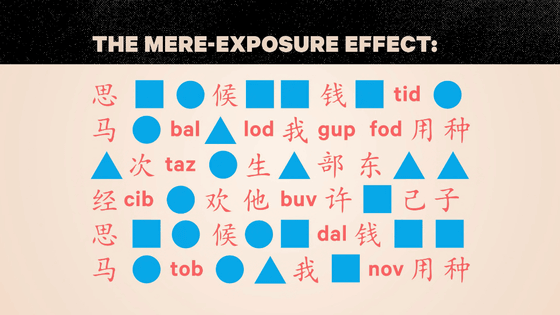
Overall, exposure leads to familiarity, and familiarity leads to subconscious preferences. This idea is also explained from the perspective of
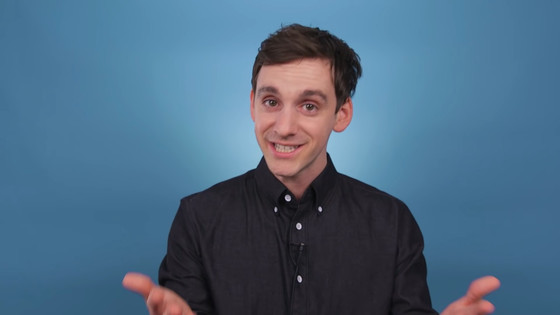
According to the MAYA Law, people are attracted to 'friendliness.' As a more advanced aspect, Mr. Thompson touches on the idea of 'habituation' in psychology. While people love familiarity, when they feel compelled to face it, the 'boredom' of seeing the same thing over and over again becomes stronger. Therefore, the power of 'friendliness' seems to be strongest when people do not expect it at all. As an easy-to-understand example, Mr. Thompson cites the function of the music streaming application
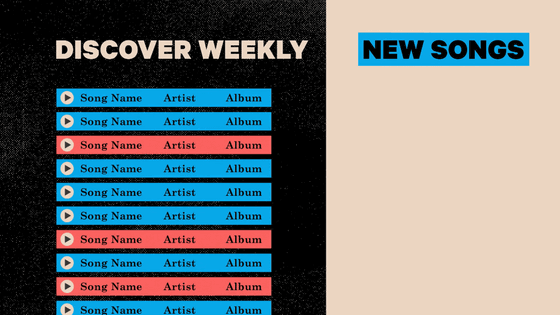
However, an algorithm bug was causing the 'Discover Weekly' playlist to incorrectly include songs that users had heard before. Engineers fixed the bug so that only completely new songs were included, but as a result, the number of users using the 'Discover Weekly' function decreased dramatically. As a result, Spotify seems to have noticed that 'users prefer or trust new songs when they encounter new songs based on the songs they know.'
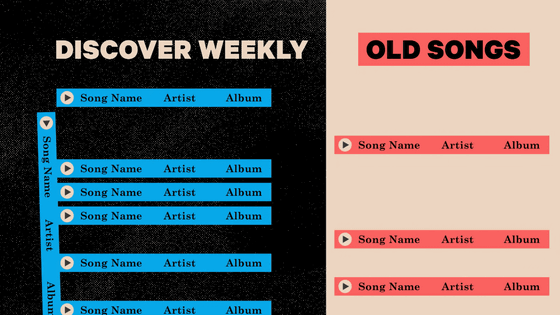
The last big design Mr. Lowy was involved in is the internal design of NASA's

Related Posts:






